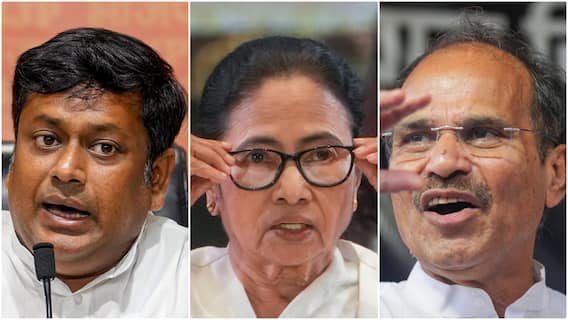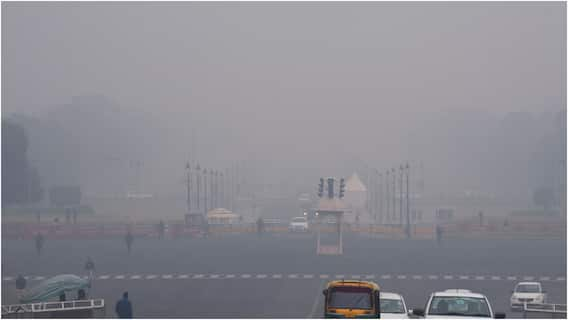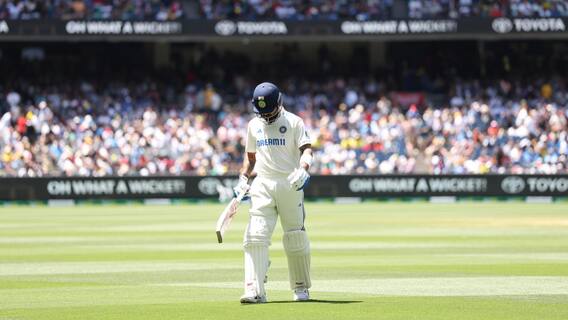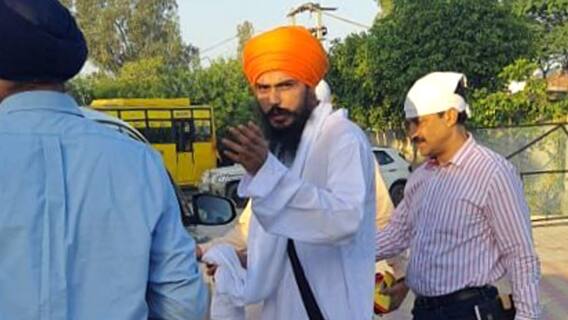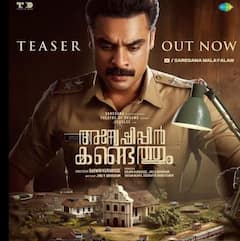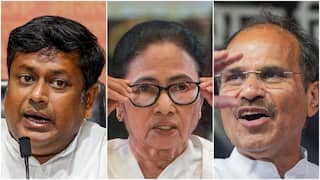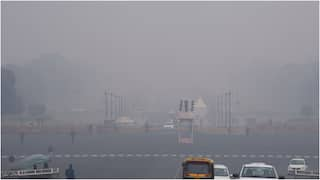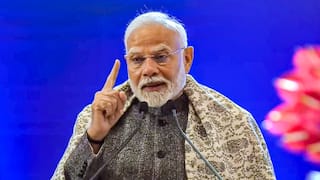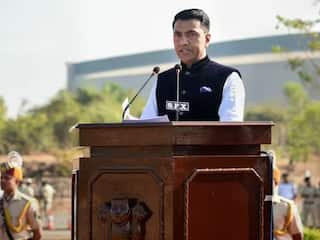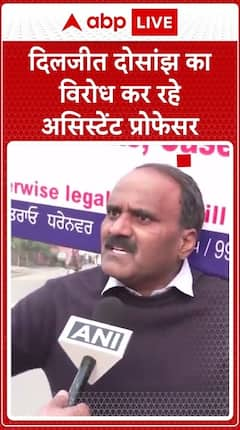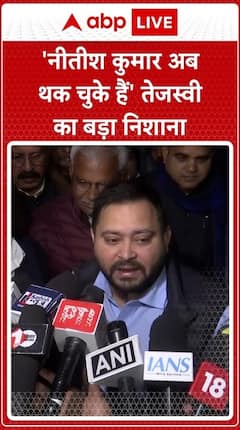The Diary Of West Bengal Movie Review: Arshin Mehta Exposes The Wounds Of Migrants In A Hard-Hitting Way
The narrative of The Diary Of West Bengal revolves around the alleged infiltration of Rohingya Muslims and Bangladeshi extremists into West Bengal and the subsequent socio-political turmoil it causes.

The Diary of West Bengal Review: The narrative of The Diary Of West Bengal revolves around the alleged infiltration of Rohingya Muslims and Bangladeshi extremists into West Bengal and the subsequent socio-political turmoil it causes.
Story
The Diary of West Bengal delves into the controversial subject of alleged infiltration by Rohingya Muslims and Bangladeshi extremists into West Bengal, exploring the resulting socio-political unrest. The film centers on Suhasini Bhattacharya, a journalist played by Arshin Mehta, who uncovers a web of political conspiracies that facilitate the settlement of these communities in the state. As Suhasini digs deeper, she exposes the involvement of top political figures, putting both her life and career in jeopardy.
Yajur Marwah plays a pivotal role in depicting the political landscape, while Gauri Shankar and Ramendra Chakravarti portray the escalating tensions between West Bengal and Bangladesh. The film boldly presents the issue as a calculated effort by certain political factions to alter the state’s demographic composition for electoral advantage.
Performances
Arshin Mehta's portrayal of Suhasini Bhattacharya is noteworthy. However, the script offers limited depth to her character, rendering her portrayal somewhat one-dimensional. While Mehta's performance stands out, the film does not fully explore the complexities of her character.
Yajur Marwah and Gauri Shankar's performances, though sincere, are hindered by the film’s uneven pacing and inconsistent writing. Their characters, which had the potential to add layers to the story, remain underdeveloped, leading to a lack of emotional resonance. The supporting cast, including Ramendra Chakravarti and Avadh Ashwini, delivers adequate performances, but their contributions are overshadowed by the film’s overall execution.
Direction and Screenplay
Sanoj Mishra's direction in 'The Diary of West Bengal' is ambitious, tackling a complex and sensitive issue. However, the execution does not fully realize the film’s potential. The screenplay aims to be impactful but often feels heavy-handed, lacking the subtlety needed to effectively address the subject matter. The film’s pacing is inconsistent, with some scenes dragging on unnecessarily while others, which could have enriched the narrative, are rushed.
The dialogue is another area where the film falters. Conversations between characters often seem forced and didactic, focusing more on delivering the film’s political message than on fostering authentic interactions. This approach detracts from the viewing experience, making the film feel more like a political statement than a nuanced examination of a complex issue.
Cinematography and Music
Ashish Kumar's cinematography attempts to capture the tension and turmoil of West Bengal’s socio-political landscape. While there are some visually striking scenes, the film lacks a cohesive visual style that could have enhanced the storytelling.
Conclusion
The Diary of West Bengal seeks to explore themes of political corruption, social upheaval, and the manipulation of demographic dynamics for electoral gain. However, its heavy-handed approach makes it more of a political statement than a balanced exploration of the issues at hand. While the film may resonate with viewers seeking a direct and impactful take on these topics, those looking for a more nuanced and thought-provoking exploration may find it lacking.
Rating
3/5 stars.
Trending News
Top Headlines








